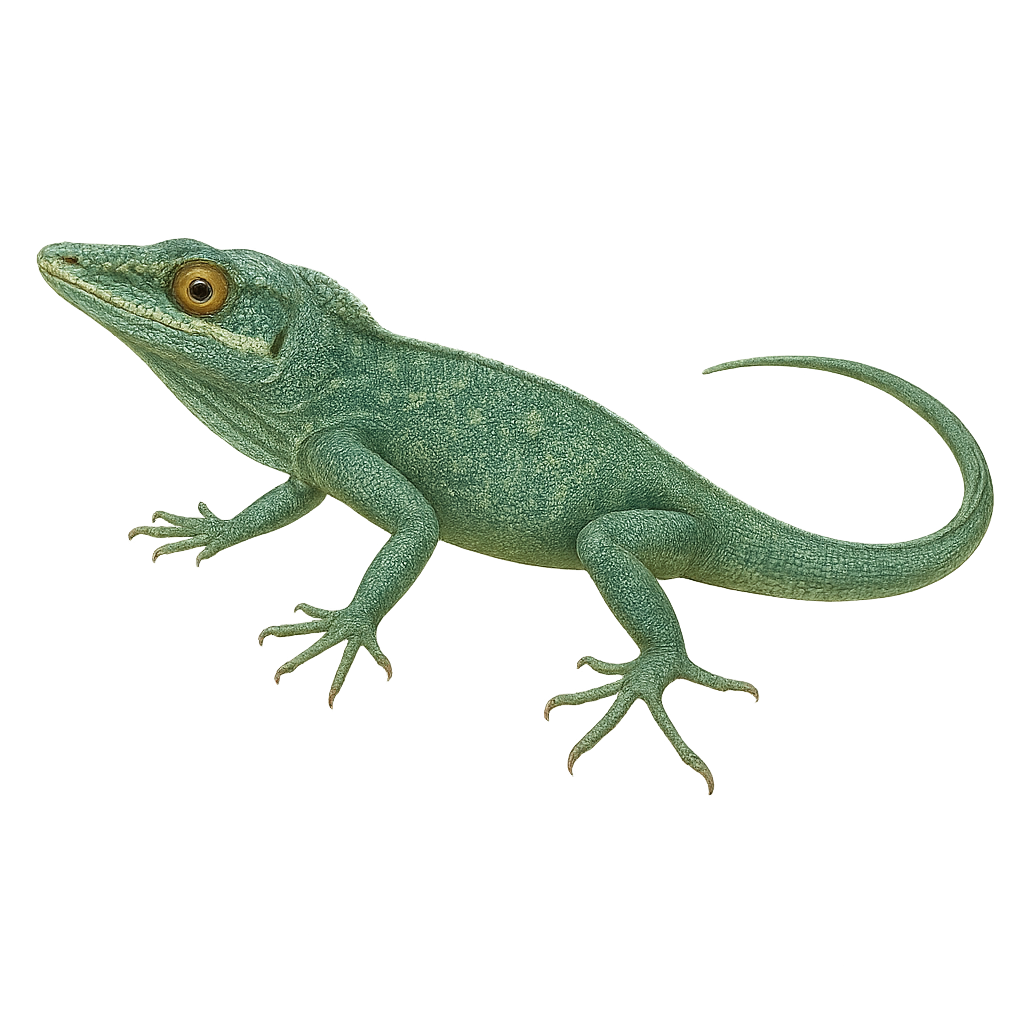Your wildlife photography guide.
Explore the knight anole in detail, study its behavior, prepare your shots.
Where to observe and photograph the knight anole in the wild
Learn where and when to spot the knight anole in the wild, how to identify the species based on distinctive features, and what natural environments it inhabits. The WildlifePhotographer app offers tailored photography tips that reflect the knight anole’s behavior, helping you capture better wildlife images. Explore the full species profile for key information including description, habitat, active periods, and approach techniques.
Knight Anole
Scientific name: Anolis equestris

IUCN Status: Least Concern
Family: DIPLODACTYLIDAE
Group: Reptiles
Sensitivity to human approach: Suspicious
Minimum approach distance: 3 m
Reproduction period: February to March
Incubation: Variable
Births: February to March
Habitat:
Tropical forests, mangroves, gardens
Activity period :
Active during the day when temperatures are favorable, often seen basking in the sun.
Identification and description:
The Knight Anole, or Anolis equestris, is a large lizard native to Cuba, although it has been introduced to parts of Florida. It can grow up to 50 cm in length, including the tail, and is known for its bright green color, which can vary depending on its mood or environment. This arboreal lizard prefers humid tropical forests where it primarily feeds on insects, small birds, and fruits. It has a broad head and mobile eyes, allowing for effective peripheral vision. Males have a prominent dewlap used to impress females or intimidate rivals.
Recommended lens:
Macro – adjust based on distance, desired framing (portrait or habitat), and approach conditions.
Photography tips:
To photograph the Knight Anole, it is advisable to use a macro lens to capture the details of its skin and vibrant colors. Approach slowly to avoid startling it, maintaining a distance of about 3 meters. The natural light of the morning or afternoon is ideal to highlight the green hues of its skin. Be patient and wait for it to be still to get a sharp image.
The WildlifePhotographer App is coming soon!
Be the first to explore the best nature spots, track rutting seasons, log your observations, and observe more wildlife.
Already 1 431 wildlife lovers subscribed worldwide

